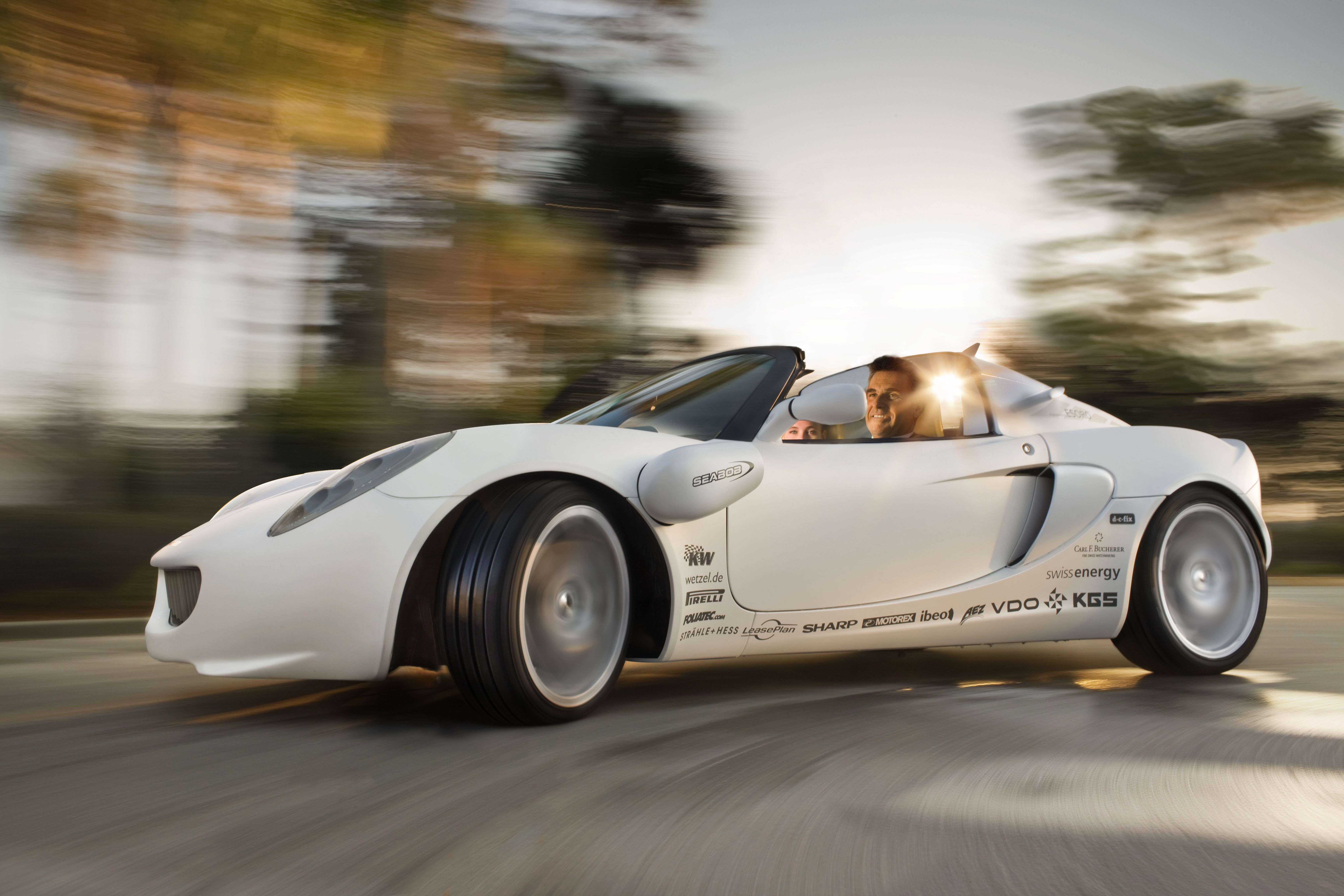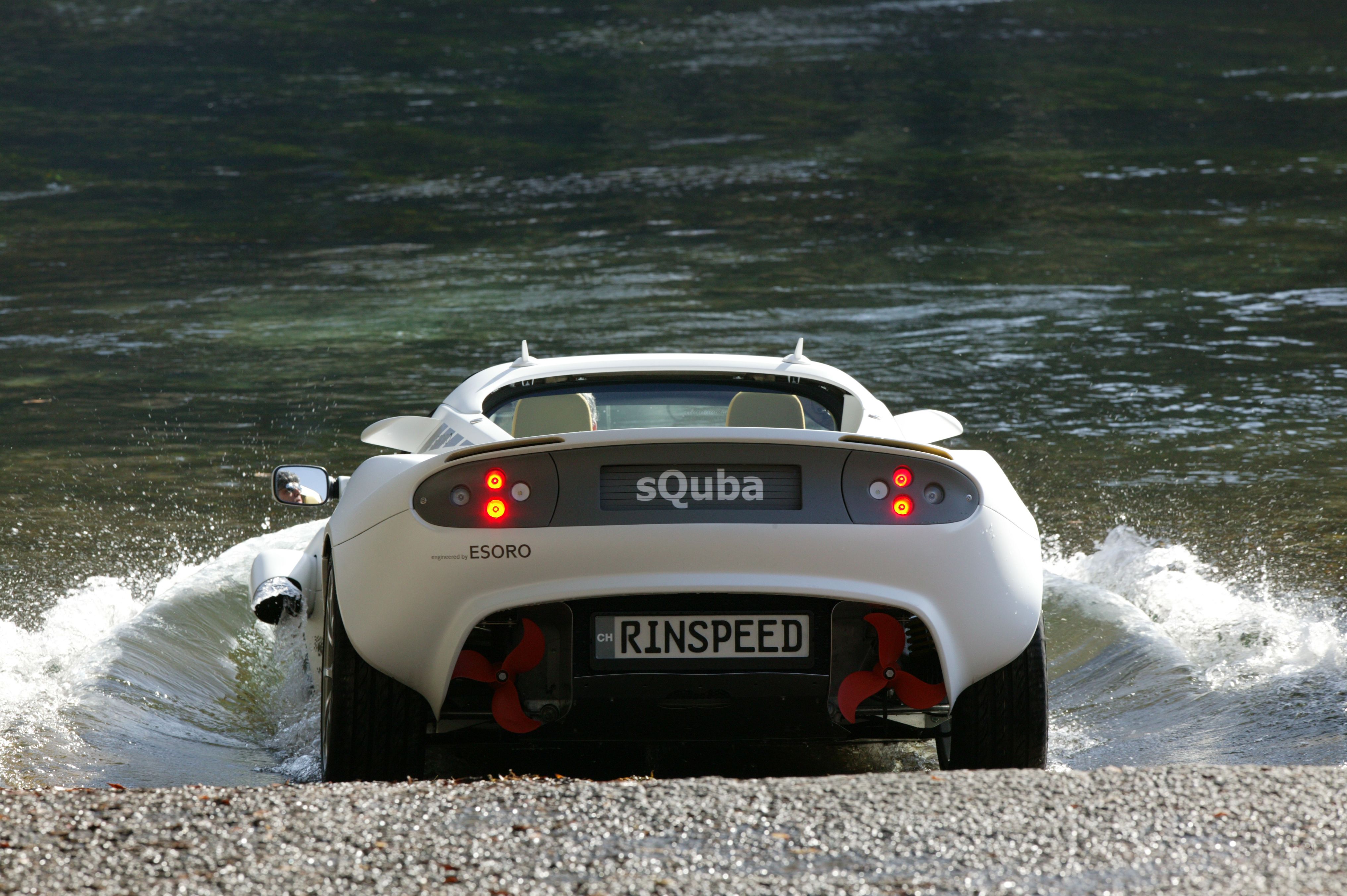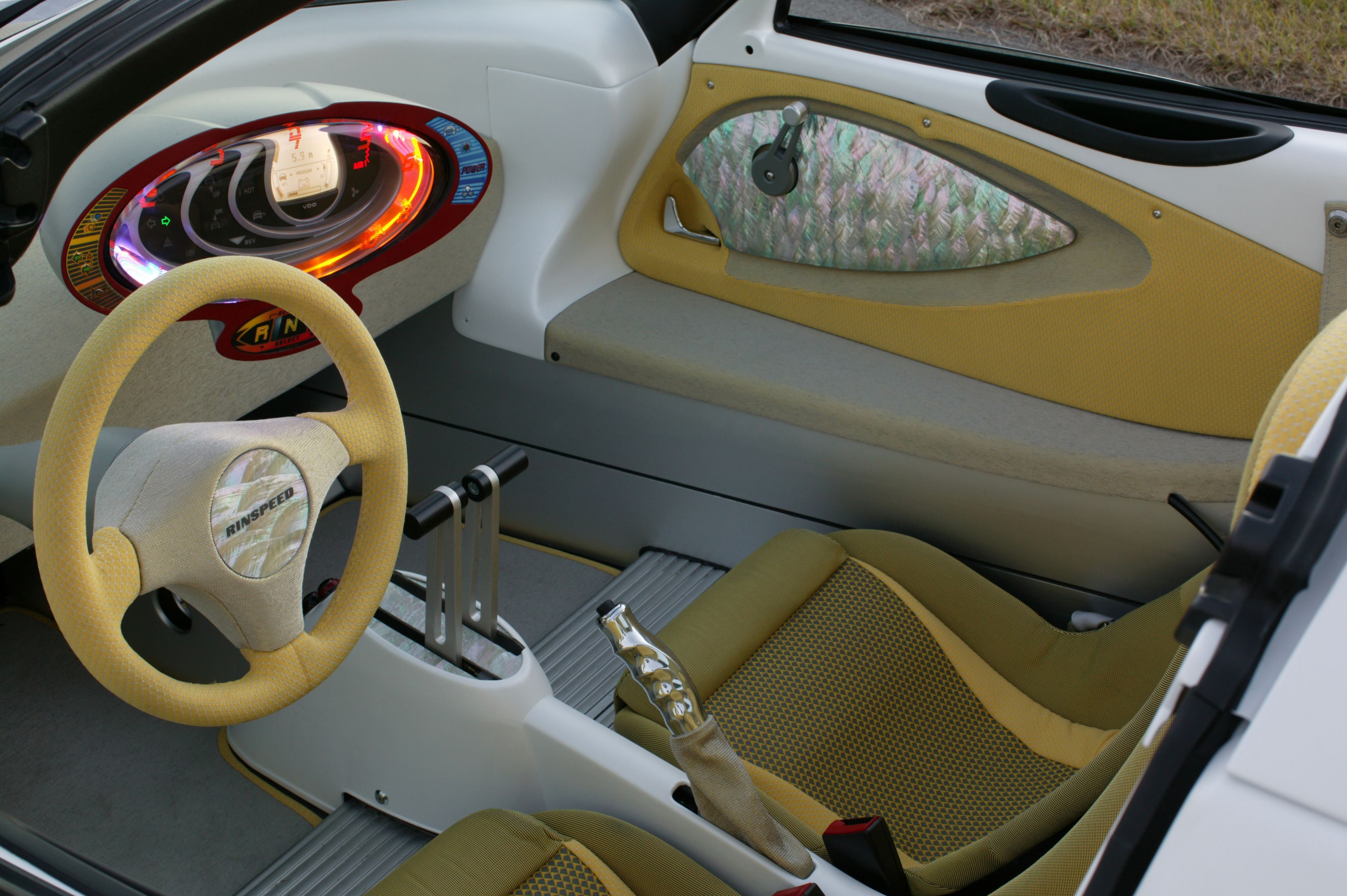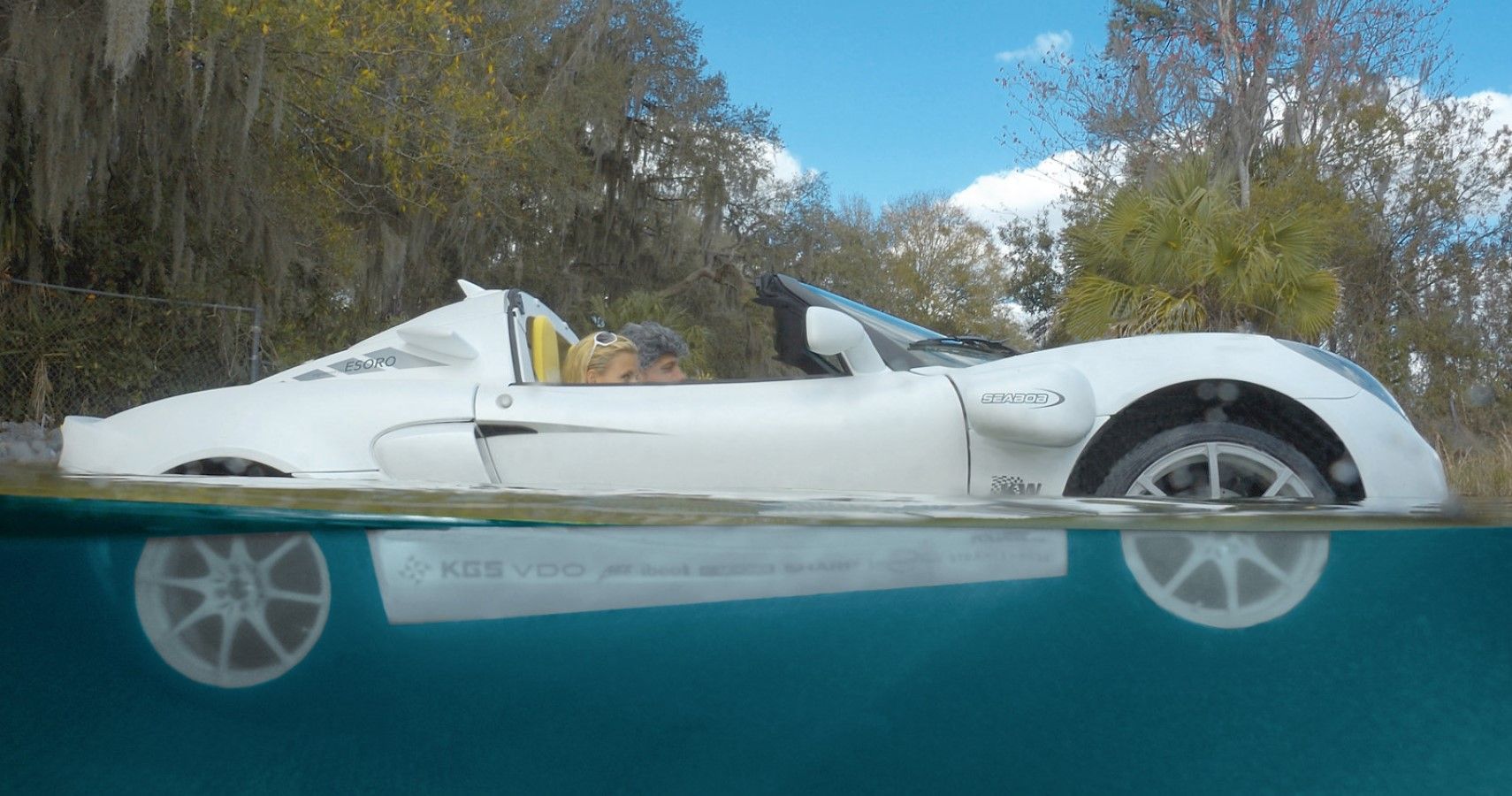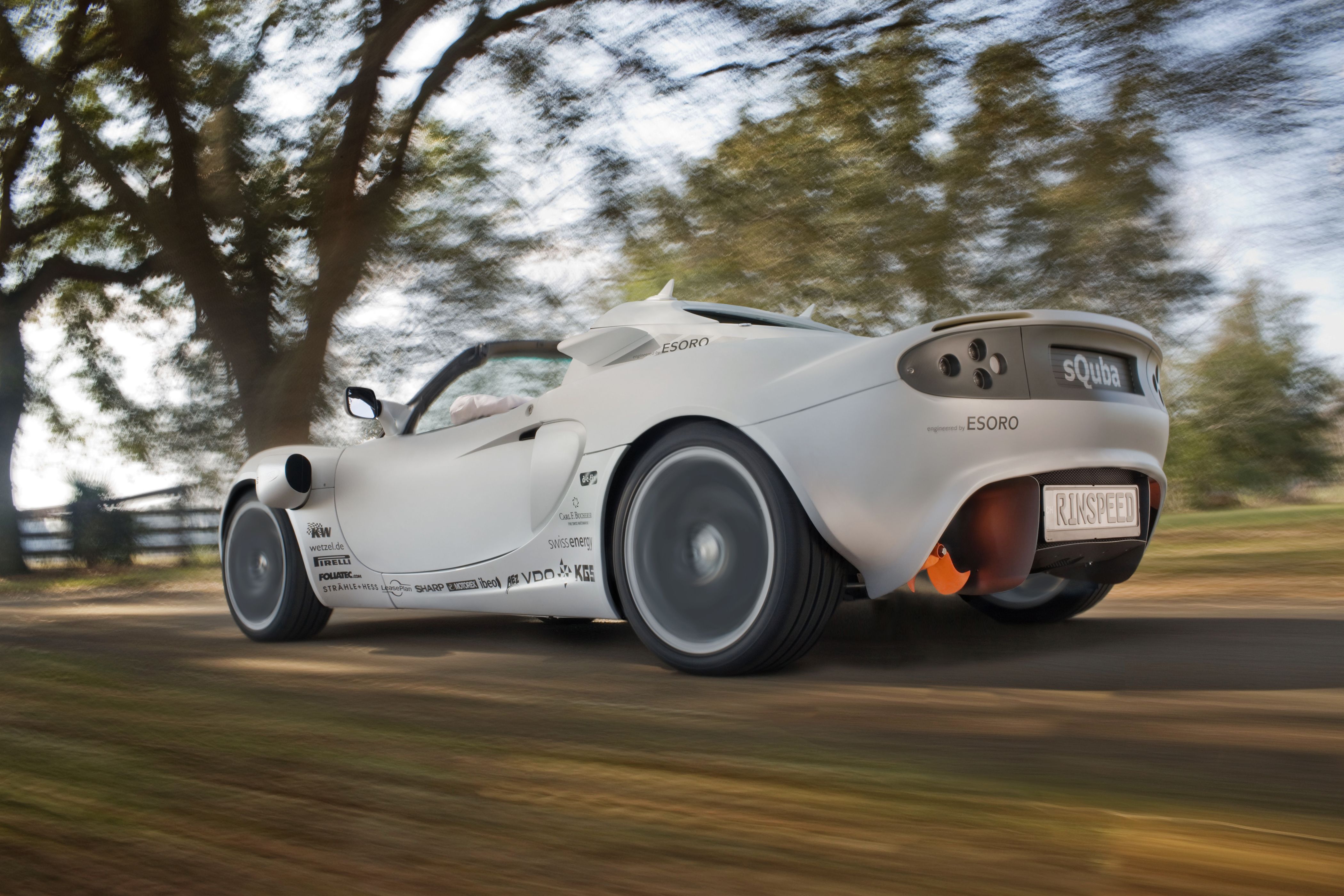For those of you who remember the Lotus Esprit S1 from “The Spy Who Loved Me”, this story should bring back some memories. Although the Esprit was shown as a working submersible car in the film, it actually wasn’t. The whole scene was animated. But the folks at Rinspeed wanted to do something about it – and so they built the world’s first submersible car: the sQuba, a car that could literally ‘fly’ in the water.
The whole purpose of making a car that moves underwater is as pointless as one that flies in the sky, but nothing takes away from the fact that it’s one helluva an idea – and the sQuba was an idea that turned to fruition. The car was first unveiled at the 2008 Geneva Motor Show, by Rinspeed’s boss, Frank M. Rinderknecht. The man was always known for his unusual but interesting automotive innovations.
Having been a fan of James Bond, the Swiss businessman wanted to recreate that scene from the movie; only this time, it had to be real. He was thrilled the moment he knew it was going to happen. This cannot be mistaken for being some sort of military vehicle project, wherein the underwater vehicle is driven on the seabed. With the sQuba, the goal was to make a car that could move like a fish in water.
But it also had to have the appeal of a sports car. In fact, it had a very similar silhouette to the Lotus Elise (Series 2). But unlike the sporty, gasoline-powered Lotus, the sQuba had multiple electric motors, which we’ll come to later.
Rinspeed sQuba Was A Lotus Elise Lookalike
Rinspeed never intended to mimic the iconic Lotus Elise, because there are differences in the details that can tell what’s different between the two cars. The sQuba is somewhat cuter to look at. At the front, it gets oval-shaped headlights with multiple LED lights in them, a low, swooping bonnet, and gently curved front fenders.
On either side, you’ll also see powerful Seabob jet drives, which breath through rotating louvers from HS Genion, for opening the water intake and closing it. These rotating outlet jets had to be lightweight, and at the same time, twist-resistant, which meant high-end nano materials, called Carbon Nano Tubes, had to be used.
On the sides, there are stickers of all companies that partnered to make this project possible, plus you get an ‘opening’ behind the doors. Fins can be found mounted on the sides of the buttresses. The rear again, is well-proportioned, with four LED lights on both sides. Look beneath, and you’ll see a pair of orange propellors, no exhaust tips.
What further adds to the appeal are the 3D foil elements with fish and sharkskin patterns embossed, from the Wetzel Processing Group and Hornschuch. The overall shape is streamlined, and no matter which angle it’s viewed from, it looks perfectly proportionate.
With added styling touches from Foliatec, a velvety matt-white finish appearance starts to show through. Once it’s back to the shore, the sQuba becomes dependent on its stainless coil-over suspension from KW automotive, and the huge Pirelli tires wrapped on 17-inch (front) and 18-inch (rear) custom-made forged light-weight wheels from AEZ.
An Open-Top Was Necessary For The Rinspeed sQuba
The cabin is salt-water resistant, made by Strahle + Hess, and features actual mother-of-pearl trim and diamond-plated non-slip inlays from KGS Diamond; this is generally used in high-tech abrasives. The VDO instrument cluster, along with all the controls, contributes to making it a modern little cockpit – and the best part is, that all the controls work when the car is deep in the water.
The moment the car is driven into the water, it floats, but not once the water starts getting in after the door pops open. The sQuba quickly and confidently dives into the water like a dolphin. Both, the driver and the passenger get their oxygen from an integrated tank filled with compressed air – the very same thing scuba divers need.
One of the reasons behind designing it as an open-top, was to make it safe, allowing the passengers to make their way out in case of an emergency, which completely makes sense because if it was enclosed, the water pressure wouldn’t have let the doors open.
Also, giving it a rooftop would eventually add to the weight of the car, reducing the chances of it being buoyant. The sQuba surfaces on its own when there are no passengers inside. The sQuba could be autonomously driven on land, with the help of a sophisticated laser sensor system from the Hamburg company, Ibeo.
Electric Power For the Rinspeed sQuba
The sQuba is powered by rechargeable Lithium-Ion batteries, and being a zero-emission car, it does not produce exhaust emissions. The sQuba would have to reach a water reservoir to have it bounce back with energy. The motor for the street was a 54 kW electric unit, while the propellors used an 800 W electric unit; the blow jets used a 3.6kW Rotinor unit.
Source: Rinspeed
